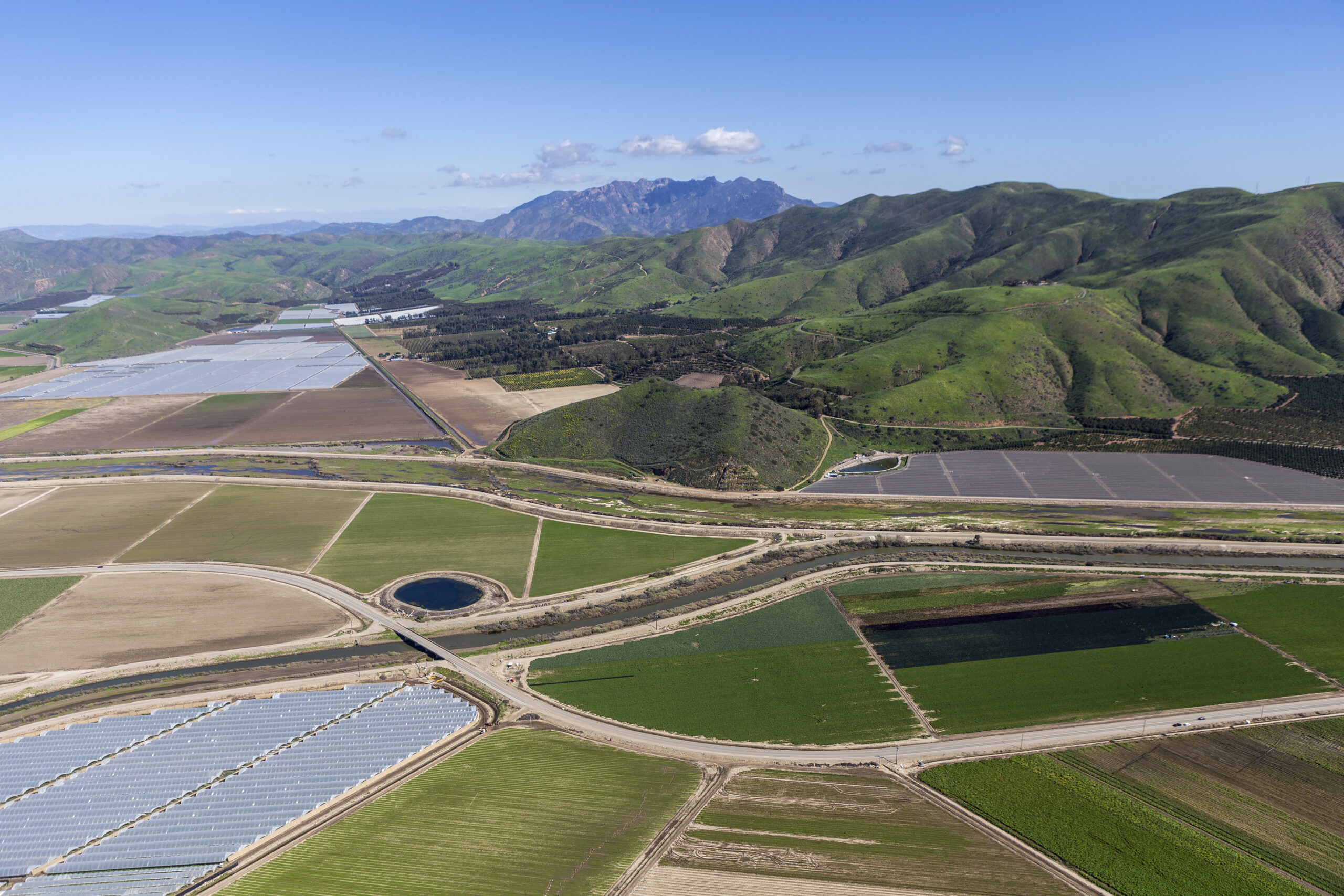
But for some of us the 1970s were a time of rethinking. The Vietnam War had cast a large shadow over the idea that the “best and brightest” in government always had the answers. The economic stagnation of the era brought into question the Keynesian orthodoxies that I had been taught in college. And postwar liberalism was moving further and further left, even to the point of what some considered to be anti-American.
As a result, I began to read the editorial page of the Wall Street Journal, where I worked at the time, with new interest. Indeed, I accepted an offer to run its op-ed page, eager for a ringside seat and a chance to redefine the debates of the times. I had soon persuaded myself that there was much to the argument that what ailed America was not too much democratic-capitalism, but too little.
Except, perhaps, on the subject of the environment, where I could still see no alternative to government intervention in order to rectify the “failures” of the marketplace. In the early 1980s, however, I began hearing about PERC, a small think-tank in Montana. PERC was started by a group of economists who were using property rights and markets, rather than regulation, as the prism through which natural resource issues could be best addressed.
Like Matt Ridley (see article in this issue) and others, I attended one of PERC’s annual conferences for journalists and it was a eureka moment. There might be such a thing as market failure, they conceded; but they made a powerful case that an even bigger problem might be “government failure.” Furthermore, they offered cogent reasons to think that markets could be the friend, rather than the enemy, of the environment.
Those ideas eventually came together 15 years ago in a slim, readable book, Free Market Environmentalism, by Terry L. Anderson and Donald R. Leal. This book traced how FME, as it is called, had already proved useful in addressing issues of public land management, water scarcity in the West, and depletion of ocean fisheries. FME provided an instant rallying point for other scholars and activists increasingly disenchanted with an environmental movement which, in tune with the prevailing zeitgeist, was itself moving further and further left. And it gave journalists an alternative paradigm to ponder as they tried to sort out increasingly hysterical claims that everything was running out and generally getting worse.
In a 2001 “leader,” for example, the Economist magazine noted that, “Slowly but surely, governments around the world are rethinking the command-and-control approach. This could prove nothing short of a revolution.” In a 2004 Baltimore Sun article about a plan by the state to sell off some public land, the reporter ventured the heretical thought that “private ownership of land is not necessarily incompatible with preserving Maryland’s rural landscape.” And ABC’s John Stossel, co-anchor of “20-20,” has vigorously challenged environmental “fear-mongering” and the efficacy of government environmental regulation.
The command-and-control model remains dominant. But FME is, after all, still in its infancy. Fred Smith of the Competitive Enterprise Institute, another center of free market environmental thinking, points out that the Progressive movement of the early twentieth century—with its emphasis on the ability of government experts to devise “wise uses” of natural resources on public lands—tended to inhibit development of market responses to many pollution and resource issues. It takes years, even decades, for new ways of thinking to assert themselves.
One parallel might be welfare reform. It was 16 years after the publication of Charles Murray’s best-selling Welfare and Poverty before the first significant legislative reform of the welfare system was enacted.
Experience tends to be the best teacher. Such homegrown boondoggles as Superfund, as well as the chemical-scare-of-the-month tactics of the environmental left, have done much to undercut the credibility of the modern environmental movement. Several committed “Greens” were even moved to pen a lengthy essay titled “The Death of Environmentalism” a few years ago, lamenting the degree to which environmental organizations had come to be viewed by the public as just another “special interest.”
There is growing respect for property rights at the grassroots level, as evidenced by the recent rash of referendums forbidding government takings of property for private use. (Though it should be noted that several referendums, which also sought to ban “regulatory takings,”—one of the major tools of traditional environmentalism—were defeated.)
Meanwhile, and perhaps not coincidentally, Greens have shifted the argument away from traditional environmental concerns to vaguer but even scarier-sounding threats such as global warming. Democrats are trying hard to make global warming a legislative priority in the current Congress, and many Republicans seem inclined to go along. If they succeed, it could lead to massive government intrusion in the economy.
The expensive realities of trying to deal with such presumed threats, well before any actual danger has manifested itself, are likely to prove daunting; and even there, FME has much to offer. In Free Market Environmentalism, Anderson and Leal argued that, to the extent that human-caused climate change is a real threat, property rights, markets, and new technology offer better strategies for dealing with it than government dictates.
They argued for an array of reforms that included ending subsidies for beach-front development and farming in dry areas, so that individuals have incentives to adapt to climate change. They also suggested that technologies were within reach to develop such mechanisms as chemical “tags” that would allow monitoring of carbon emissions—a crucial first step toward establishing “atmospheric property rights.”
Where property rights are present, effective incentives can be constructed to minimize pollution. Pipe dreams? Perhaps. But we know one thing about property rights and the other institutional foundations of a market economy: they work. Is anybody proposing anything better?


